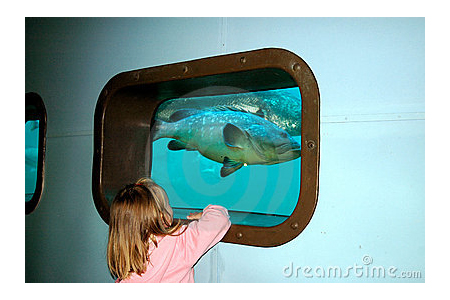Setting up an aquarium could sometimes be very tiring but enjoyable as well. If you want to have a beautiful aquarium for your fish to live in, you can put decors in it. Finding the right decors for your fish tank is both hard and easy. Hard because you need to check the decors if they contain harmful chemicals that are toxic for your fish, on the other it can be easy because you can just ask around the right decors for your fish tank.
 You can find a lot of fish tank decors and colorful unique materials that are great for beautifying your fish tank, they can brighten up your dull aquarium and the list of these ornaments will go on and on, but the important part here is to choose the ornaments that best fit your fish tank and fish as well. Plastic materials and rocks like limestone are not recommended for use because they will soon degrade and will eventually alter the water chemistry consequently causing hazards to fish.
You can find a lot of fish tank decors and colorful unique materials that are great for beautifying your fish tank, they can brighten up your dull aquarium and the list of these ornaments will go on and on, but the important part here is to choose the ornaments that best fit your fish tank and fish as well. Plastic materials and rocks like limestone are not recommended for use because they will soon degrade and will eventually alter the water chemistry consequently causing hazards to fish.
Some materials used in manufacturing aquarium ornaments contain limestone which are easily dissolved in water and that will increase the hardness of the water and raises the pH level too, thus making the water more dangerous. Almost all aquarium fish won’t be able to withstand this kind of water leading them to die fast. Cockshells and corals are also avoided for the same reason, since both materials will increase the degradation of water. Forget about how they look, surely they’re lovely but think over the damage they will cause if you put them on tank.
There are many ways how to know if a material contains limestone. Here’s how to do it, take a small piece of that ornament on a flat non-absorbing area and put some diluted acid or vinegar on the surface of the material. If you see small bubbles surfacing in that piece of material then it’s clear it contains a limestone, therefore it needs to be avoided.
There are a lot of great options of aquarium ornaments available in many pet stores. For instance Granite, it’s a great substrate, natural rocks on the other hand can also be taken into account. One of the most common aquarium ornament is an aquarium plant but you need to be ready for the maintenance since it requires additional time and cost.
Lastly, if you would like to add any decors in your fish tank it’s vital to wash them properly with lukewarm water. It is recommended to soak them at least 2 to 3 days to get rid of those harmful materials like any metal chips.








